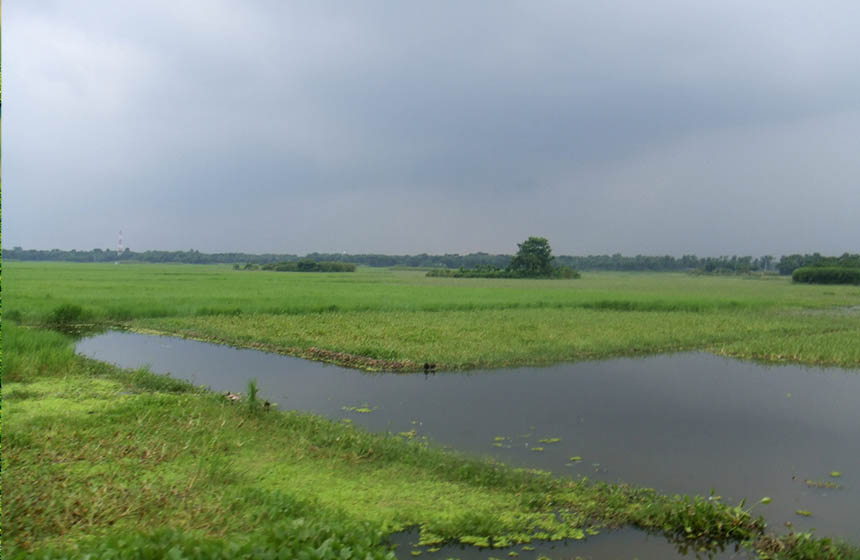Restoration of a marshland ecosystem for local community flood protection
The Kempen-Broek project involves the restoration of agricultural lands back to their previously marshland state through rewilding practices which provide flood protections for downstream communities.
Nature-based Intervention:
The intervention created a almost 2000 ha wetland system that would act as a water buffer and reduce the risk of flooding in the downstream cities of Eindhoven and Den Bosch. The land was individually acquired farm parcels which were eventually re-connected. Hydrological cohesiveness was evaluated and when key parcels were able to be joined, restoration efforts would begin. This included removing fencing and drainage, while rewetting the landscape in a way that wouldn’t impact nearby farmers. Naturalistic grazing regimes were then re-implemented utilizing free-ranging herds of Exmoor horses and Tauros cattle. Old fen systems also had sediment dug out as part of the restoration.
Overview of context and outcomes:
This area had previously been a 15 000 ha marsh system, but it was drained during WW2 in order to increase food production in the area. As the land returned to wetlands the project made an effort to link these changes to the local community. ARK Nature engaged the local community in the project by organizing events to celebrate milestones, using names of areas inspired by local culture, adding access gates and creating a book highlighting the oral history of the area.
Case effectiveness on
Climate change
While no outcome was reported, the restored landscape likely acts as a key carbon sink.
The restored wetland reportedly increased the water storage of the land the area by 150,000 m3 yr−1. This large increase helped protect the downstream communities from flooding and reduce insurance costs for the area.
Ecosystem health
Ecological effect: PositiveThe intervention made key improvements to habitat quality and connectivity within the region. The area now reportedly supports the richest butterfly and dragonfly populations in the the Benelux. Since the restoration many other species have recolonized the landscape including; common crane (Grus grus), tree frog (Hyla arborea), beaver (Castor fiber), wild boar (Sus scrofa) and red deer (Cervus elaphus).
Socioeconomic outcomes
The increased value of the rewilded landscape has reportedly supported the success of 10 surrounding farms, increased property prices, and supported local restaurants.
Governance
The project is governed by a consortium of ARK Nature, land agents and a land bank with support from the Provincial government.
Finance
A €500,000 grant from the Dutch government was earned by a coalition of Dutch NGOs in order to fund the purchase agricultural lands and their subsequent restoration. After the initial success of the program, ARK Nature earned a subsequent €3 million grant from the Provincial Government of Limburg. The further success of the project then lead the provincial government to designate the regional development budget of greater than €26 million to a consortium of ARK Nature, land agents and green development company. Lastly, the consortium gained an additional €4–5 million in funding through utilizing the project as a biodiversity offset.
Monitoring and evaluation
There are no clearly reported monitoring protocols currently identified.
Trade-offs and limitations
Concerns were raised about the use of Tauros cattle in some areas of the wetland. In order to address this ARK replaced them with more docile breeds in areas frequently used for recreation.

Intervention type
- Restoration
Ecosystem type
- Wetlands
Climate change impacts addressed
- Freshwater flooding
Instigators
- State/district/local government agency
- Local NGO or CBO (eg. indigenous)
Societal challenges
- Biodiversity conservation
- Climate change adaptation
- Disaster risk reduction
Outcomes
- Food security: Not reported
- Water security: Not reported
- Health: Not reported
- Local economics: Not reported
- Livelihoods/goods/basic needs: Not reported
- Energy security: Not reported
- Disaster risk reduction: Positive
- Rights/empowerment/equality: Not reported
- Conflict and security: Not reported
- No. developmental outcomes reported: 2
Resources
Read resource 1Literature info
- Peer reviewed



